We have worn masks throughout time across continents.
Some for ceremony. Some for protection. Some strictly for art.
While we can’t possibly cover every mask that ever existed, we can explore significant ones and hand-pick several from different areas, allowing us better to understand the origins of masks in a cultural context.
Join me on a journey of discovery as we explore several masks:
Native American

Native American masks, known for their unique designs and spiritual significance, embody the rich heritage of Indigenous peoples across North America. These captivating artifacts, crafted by skilled artisans using wood and feathers, provide a window into the diverse cultures, beliefs, and traditions of various Native American tribes. Serving as tangible expressions of cultural identity, the masks play a vital role in sacred rituals and ceremonies, connecting wearers with ancestral spirits and mythological beings.
The allure of Native American masks lies in their artistry, craftsmanship, and symbolism, with each mask reflecting the specific influences, myths, and natural elements of its tribal origin. Collectors and admirers are drawn to these remarkable pieces for their beauty and the profound insights they offer into the intricate cultural tapestry of North America’s Indigenous peoples. By appreciating and preserving these masks, enthusiasts contribute to continuing traditional Indigenous art forms, ensuring that the ancient and enchanting legacy of Native American mask-making endures for future generations.
Mexican
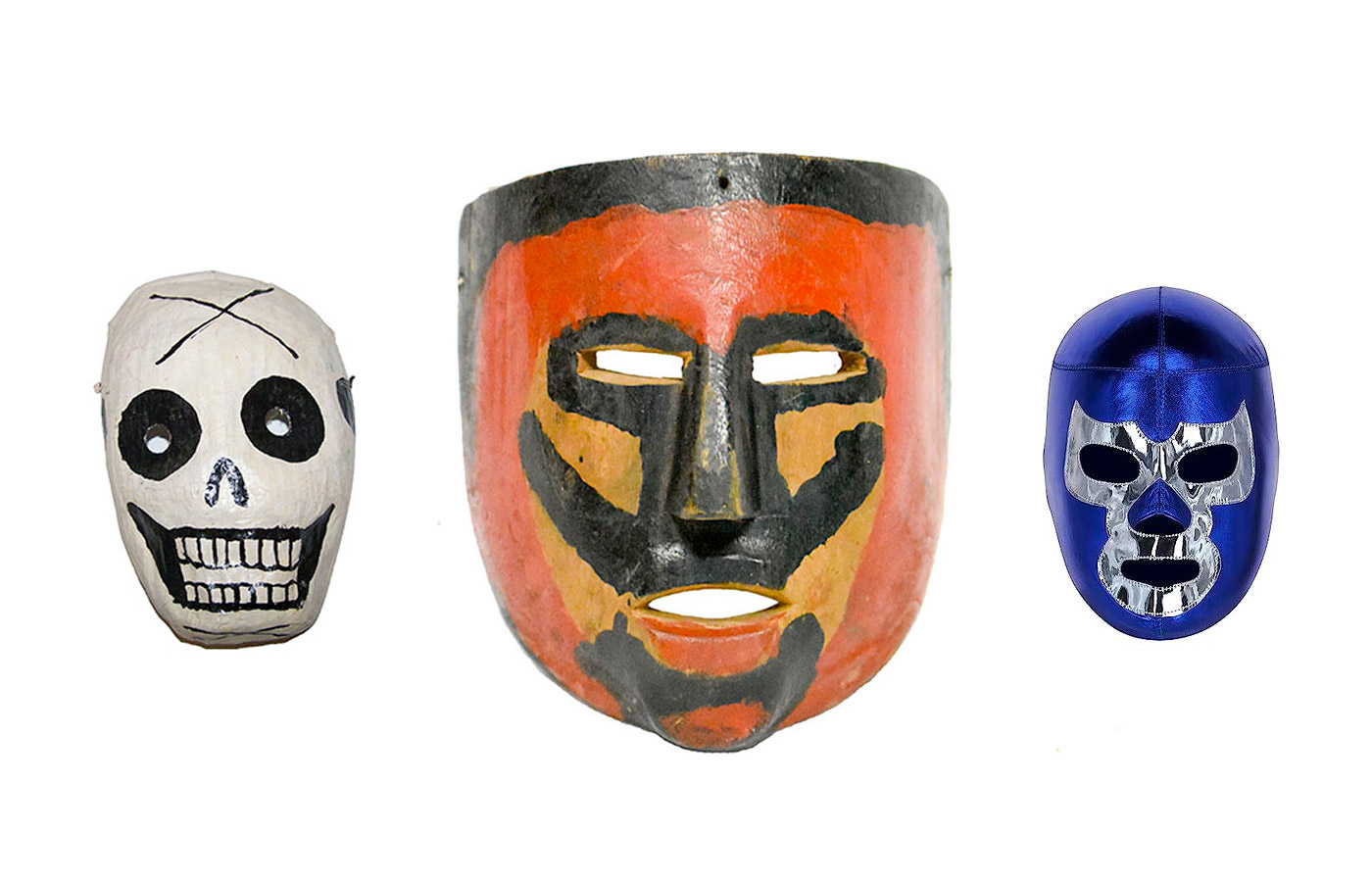
Mexican masks, revered by collectors worldwide, are intricate symbols of the nation’s rich cultural history. Crafted with vibrant colours and meticulous attention to detail, these handcrafted artifacts provide a captivating window into the Mexican people’s daily lives, beliefs, and customs. Rooted in ancient civilizations like the Olmecs, Mayans, and Aztecs, the enduring tradition of mask-making continues through skilled artisans and indigenous communities, contributing to the diverse cultural tapestry of Mexico.
The appeal of Mexican masks lies in their visual beauty and deep connection to the country’s vibrant dance and festival culture. Playing a central role in traditional dances representing various characters during religious celebrations, these masks hold profound spiritual and symbolic significance. Crafted with diverse materials such as wood, leather, papier-mâché, and clay, each mask is a unique masterpiece influenced by cultural backgrounds, local legends, and historical events.
Collectors are drawn to the masks for their artistry and connection to indigenous cultures, supporting the preservation of traditional techniques passed down through generations. The desirability of Mexican masks lies in their unique blend of craftsmanship, cultural significance, and historical roots, providing a captivating and meaningful glimpse into Mexico.
Europe
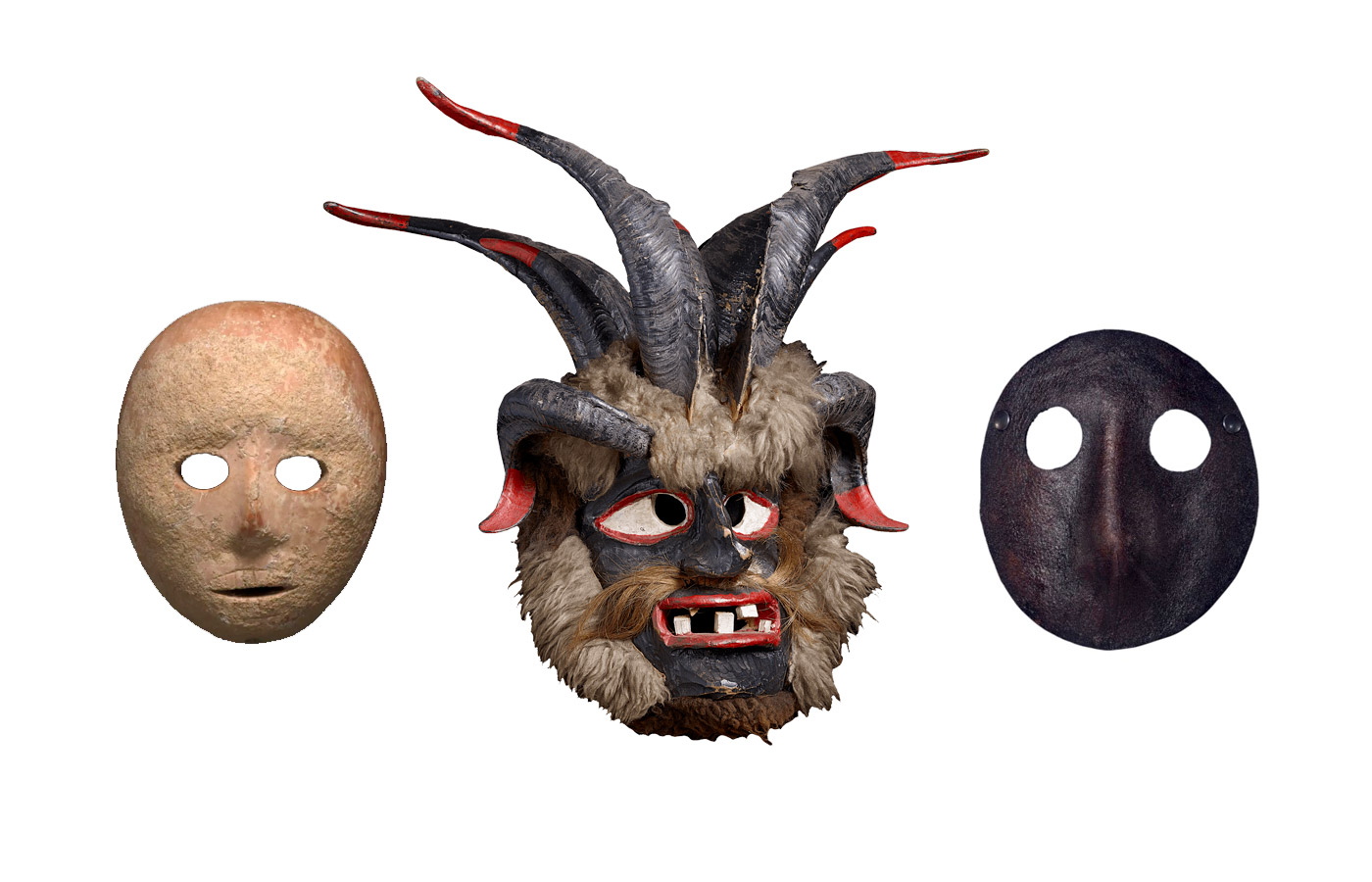
European masks, admired by collectors globally, embody a combination of art, heritage, and cultural identity. These unique artifacts reflect the customs and beliefs of diverse European communities, from the elaborate masks of Venice’s Carnevale to the mysterious mummers of the British Isles.
Desirable for their role in vibrant festivals and celebrations, European masks symbolize joyous occasions and serve as expressions of the continent’s cultural heritage. Crafted with meticulous artistry and symbolism, these masks, made from materials like leather and wood, offer glimpses into the diverse traditions of Europe, providing a captivating window into the continent’s history and ensuring the preservation of its heritage for future generations.
Africa
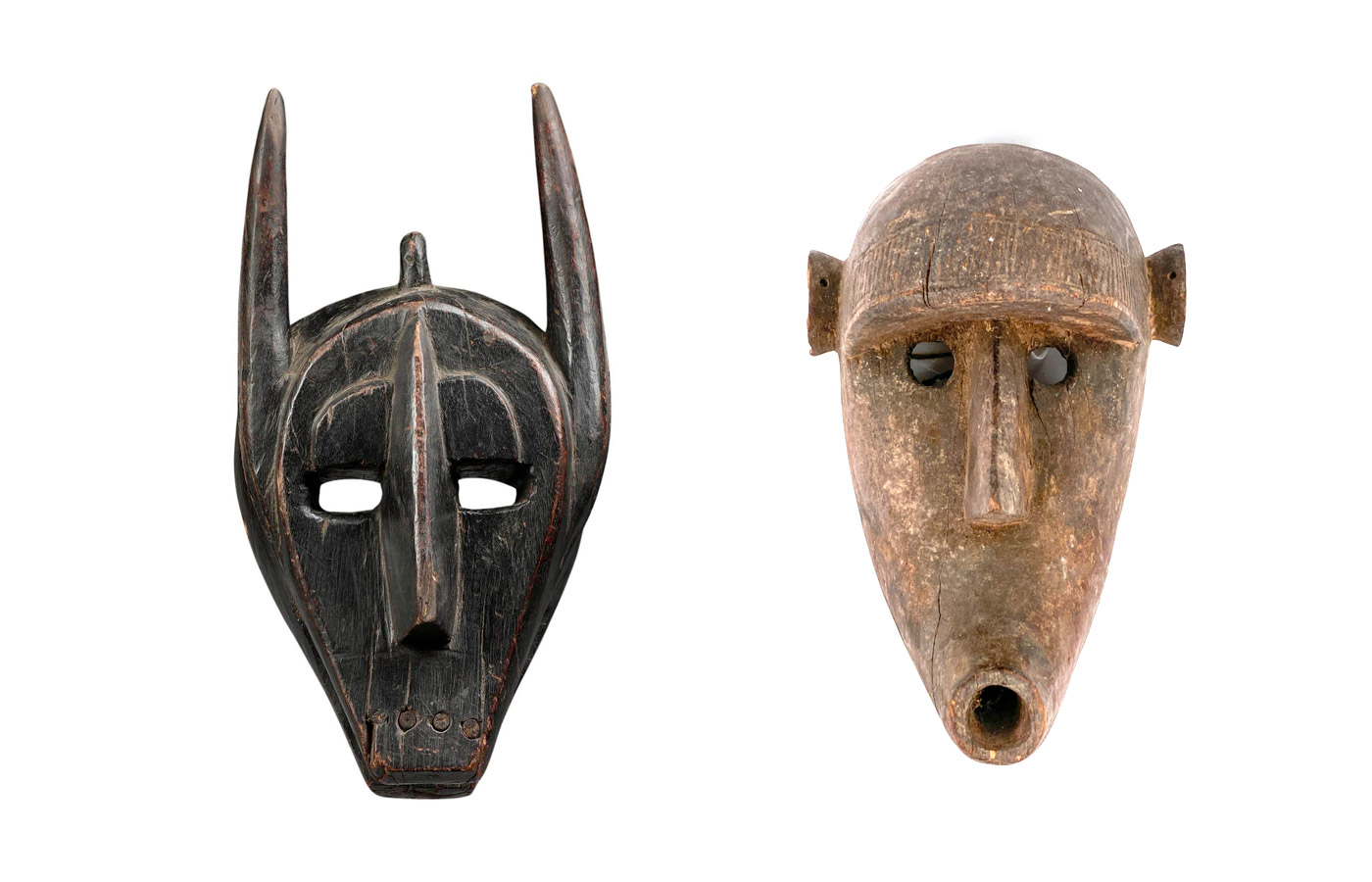
Collecting African masks is a captivating adventure for enthusiasts, embracing the masks’ historical, spiritual, and artistic significance deeply rooted in Africa’s vibrant cultural heritage. Crafted from diverse materials like wood, metal, cloth, and beads, these masks serve as cultural passports, connecting communities with rituals, ceremonies, and performances honouring ancestors, nature, and the spiritual realm.
The allure of African masks lies in their rich symbolism, artistic craftsmanship, and their role as a tangible link to heritage, making them highly sought-after by collectors. However, the journey is not without challenges, particularly the prevalence of convincing fakes and forgeries, posing a serious threat to the authenticity of collected artifacts and the exploitation of Africa’s cultural heritage.
East Asia
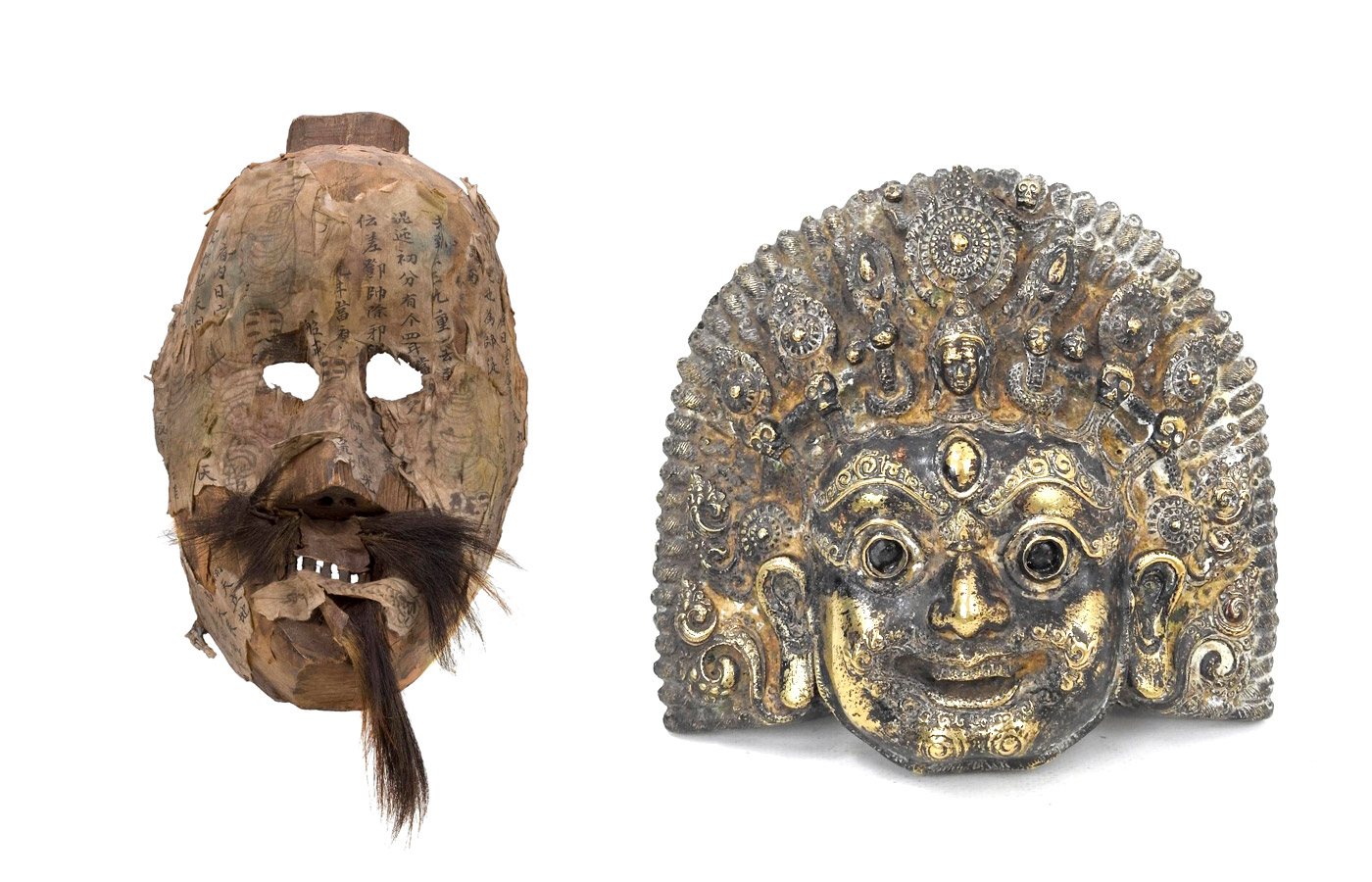
The history of masks in East Asia is deeply rooted in the region’s cultural, religious, and artistic traditions, spanning thousands of years. In ancient China, masks found purpose in religious ceremonies, theatrical performances, and ancestor worship, particularly in the expressive realm of Chinese opera dating back to the Tang Dynasty.
Korea, with its rich tradition of “talchum” or mask dance, utilizes masks in folk performances that combine entertainment with cultural expression, featuring colourful depictions of archetypal characters and mythical beings. Across East Asia, masks have evolved beyond ceremonial and theatrical roles, becoming revered art forms that blend traditional designs with contemporary interpretations, showcasing intricate craftsmanship, deep symbolism, and enduring historical roots.
Japan
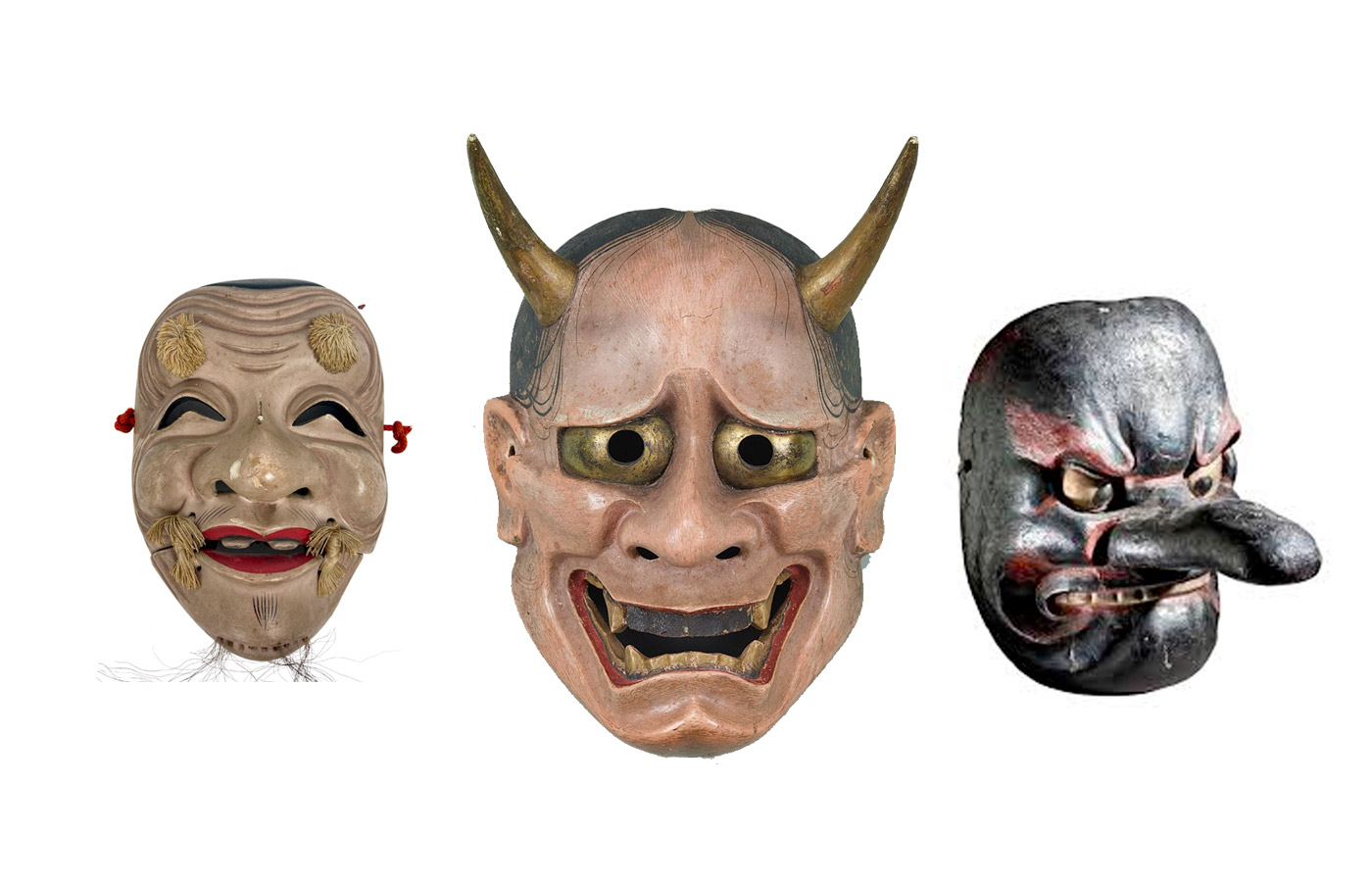
Known for its legendary history and unique cultural identity, Japan has fascinated the world with its traditions and artistic treasures. Among these, Japanese masks stand out as collectible gems, symbolizing the country’s religious beliefs, folklore, and theatrical heritage. Used prominently in traditional Noh and Kyogen theatres, these masks, crafted from wood or paper, exhibit meticulous artistry passed down through generations, effectively portraying characters and stories on stage.
Beyond the theatre, masks like Tengu and Hannya delve into Japan’s rich mythology, offering glimpses into cultural values and beliefs. The religious significance of masks is evident in Shinto dances and Buddhist rituals, where they serve as conduits connecting the spiritual and human realms. With their intricate craftsmanship and profound cultural symbolism, Japanese masks offer collectors and enthusiasts a captivating entry into Japan’s traditional theatre, folklore, and religious practices.
These masks are not merely artifacts; they encapsulate the essence of Japan’s heritage and identity. From traditional performances to ancient myths, masks like Tengu and Hannya embody the spiritual and artistic expressions that have shaped Japanese culture. Appreciating these masks goes beyond collecting; it celebrates Japan’s cultural legacy, fostering a deeper understanding of diverse human creativity on a global scale.
Indonesia
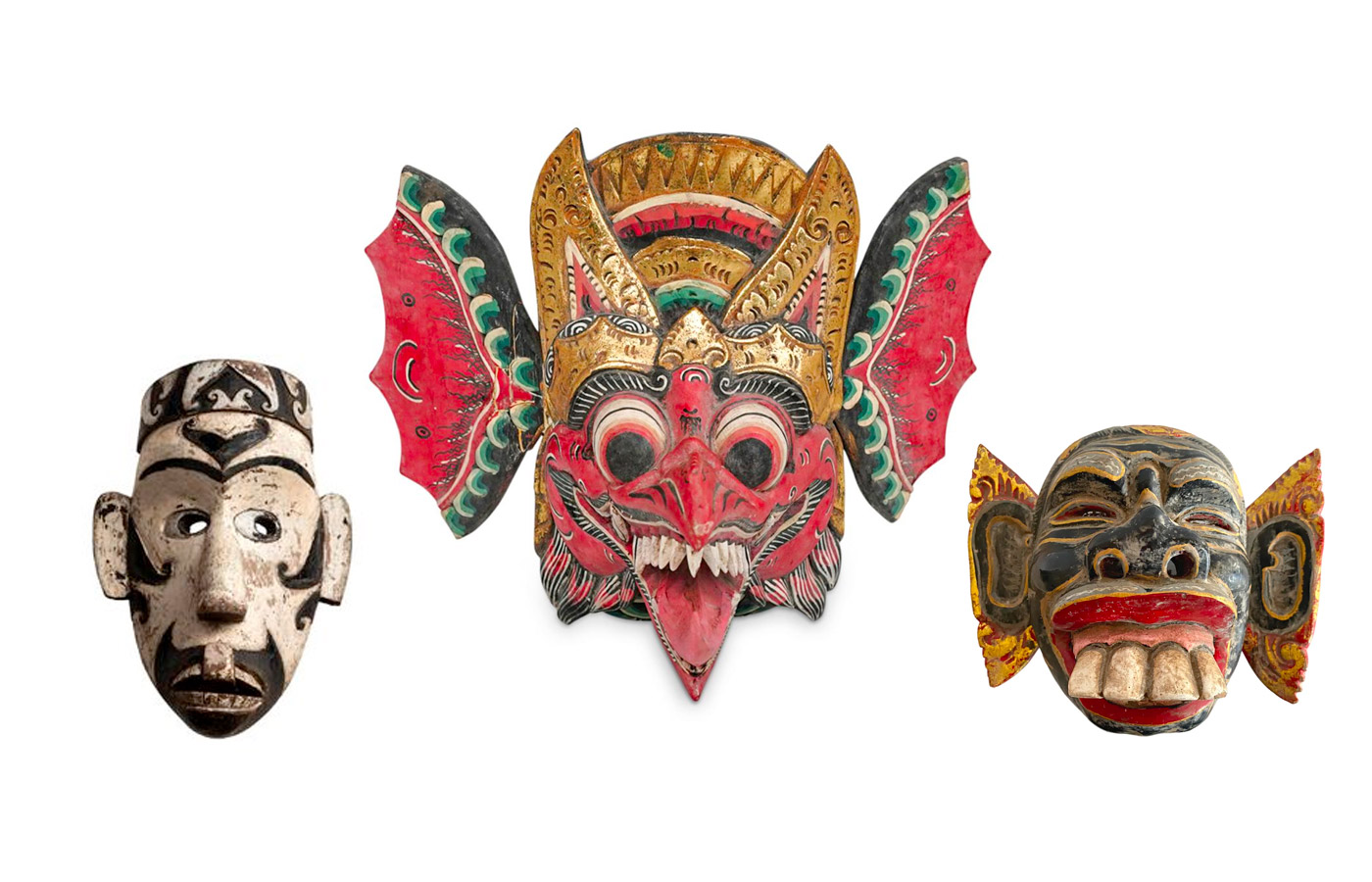
Indonesia’s rich cultural heritage is vividly expressed through its centuries-old mask-making tradition, a captivating art form cherished by collectors and enthusiasts worldwide. Crafted with meticulous detail from materials like wood and leather, these masks play a central role in Indonesian cultures, featuring prominently in performances, rituals, and ceremonies across more than 300 ethnic groups. From the iconic Topeng dance in Java to the Barong and Rangda in Bali, these masks bring to life the stories and legends embedded in Indonesian folklore, acting as a spiritual bridge between the human and divine realms.
The revered art of mask-making in Indonesia passed down through generations, showcases exceptional craftsmanship and attention to detail. Craftsmen employ various materials, including paper mache and ornamental elements like beads and gold leaf, resulting in highly sought-after pieces. Beyond their aesthetic appeal, Indonesian masks carry deep religious significance, representing deities, mythological creatures, and ancestors. In Balinese Hinduism, masks such as the Barong and Rangda symbolize the eternal struggle between good and evil, reinforcing harmony through ritual dances. These masks embody Indonesia’s diverse cultural tapestry and hold spiritual connections to the nation’s religion, folklore, and traditions, making them coveted artifacts that preserve its vibrant cultural legacy.
Final thoughts
Yes, there are wonderful masks with rich history and cultural significance IRL!
Many collectors have exquisite galleries of the finest ranging from hundreds of years old to museums and galleries showcasing some of the first ever documented in existence.
I hope you enjoyed the above examples. Special thanks to Masks of the World and several other resources for their dedication to curating these fine works. There is a timeless beauty in handcrafted work that transcends purpose. It inspires and captures the imagination of many stories passed down for generations.
We’ve barely scratched the surface here but it’s important to understand and appreciate what has come before us that will lead us to where we might be.




